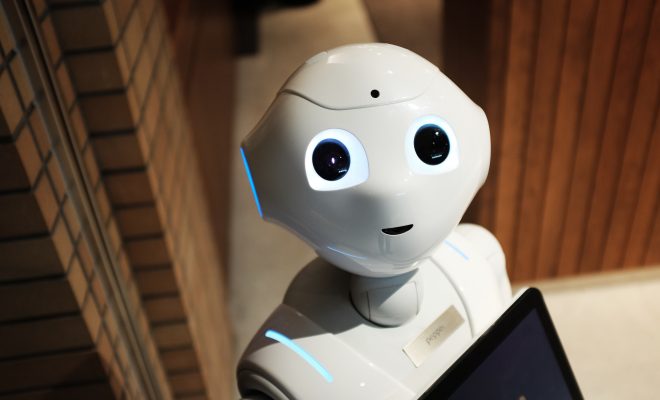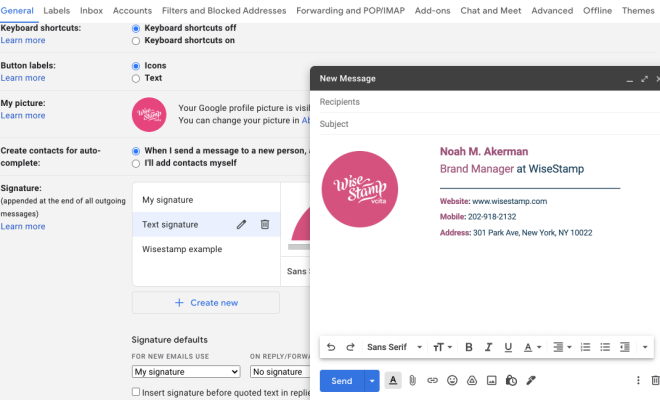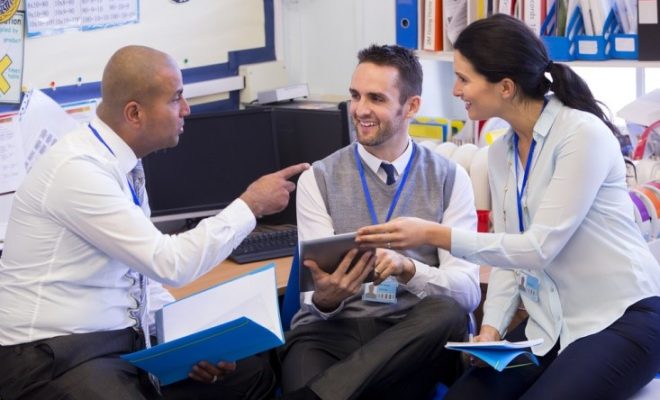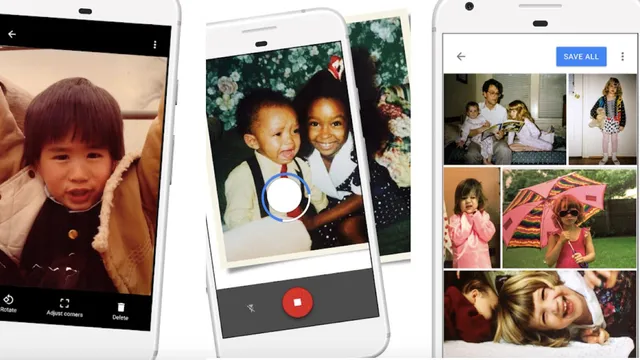Need a Teaching Assistant? Artificial Intelligence to the Rescue!

Keeping up with the grade book, student correspondence, and the daily minutiae of teaching can be a serious drain. For many educators, there simply aren’t enough hours in the day to do everything well. Unfortunately, budget cuts and constraints often prevent teachers from hiring an assistant that they truly need.
With the advances made in modern science, there may soon be a new option for teachers to consider. Your next teaching assistant could very well be a programmed machine that could help you to interact with students using artificial intelligence. The AI teaching assistants can cut down on the costs of a real assistant and save educators valuable time on grading and answering questions.
Would you consider using artificial intelligence as your next teaching assistant? Take a look at some of these common concerns and triumphs present with AI technology in the classroom.
Won’t students know the difference?
The truth is that not all students can tell the difference between their teacher and artificial intelligence. Particularly if they interact with the program over the computer, it may take them quite some time to figure out who is who. This was the case for Professor Ashok Goel when he began implementing AI to answer common questions his students posted online.
By the end of the semester, only a handful of students could identify which helpers were real and which ones were computerized. Their questions still got answered correctly, and they were none the wiser about who helped.
Students can receive a more personalized education.
Classroom sizes continue to expand even though the staff never increases accordingly. As a result, some students easily slip through the cracks when a teacher gives the lesson. Consider how many students could fall behind in the course of just a single semester. Artificial intelligence could help teachers to create and manage more personalized content tailored to each student.
Instead of requiring one-on-one instruction or tutoring, AI could help to fill in the gaps for slower learning students. They can even create study guides and materials to help guide students through the coursework in a way they personally understand.
Teachers don’t have to answer the same questions repeatedly.
How much of a teacher’s day is spent answering the same questions over and over again? This isn’t uncommon to find in the academic setting. Students hesitate to ask their questions during the class time out of fear or embarrassment. They prefer to wait until after-hours when teachers are often attempting to focus on other tasks. By using artificial intelligence to answer some of these concerns, students can ask questions until they have a full understanding of the concepts without taking up teacher time.
Using algorithms and the data provided by the AI bot, teachers can even get a better sense of what concepts students are routinely not understanding. This new teaching assistant can help to improve curriculum and content over time.
The budget may not have room to hire a new teaching assistant, even if there happens to be plenty of work to go around. As technology continues to expand, artificial intelligence could be the wave of the future. There are some truly practical ways that these artificially intelligent teaching assistants could drastically improve the contemporary classroom.





